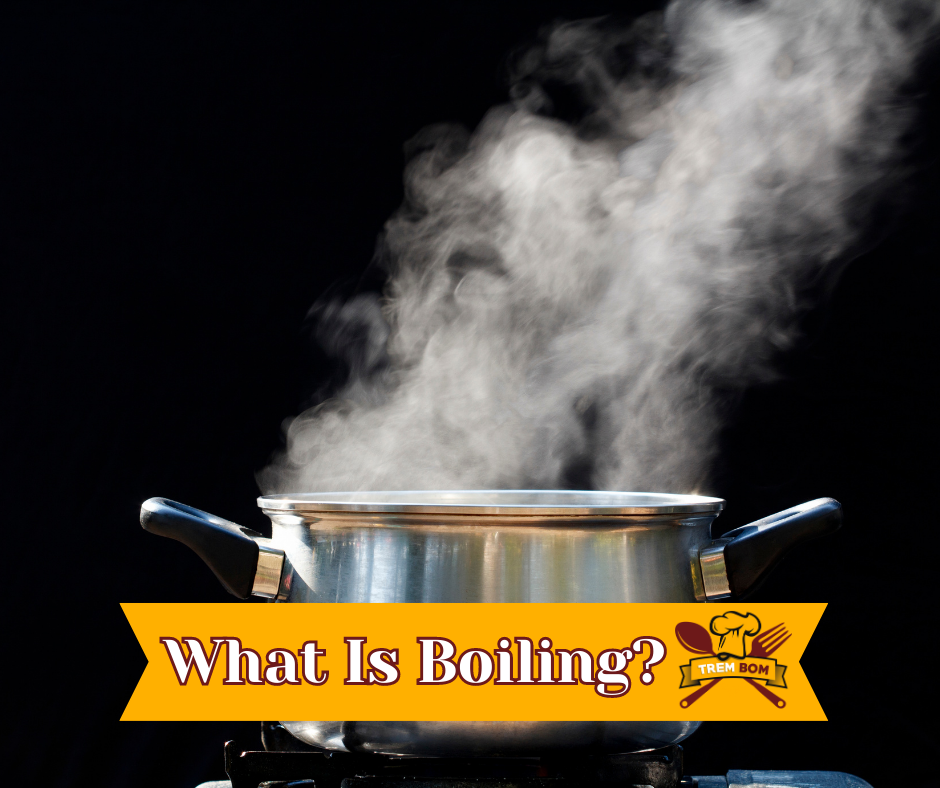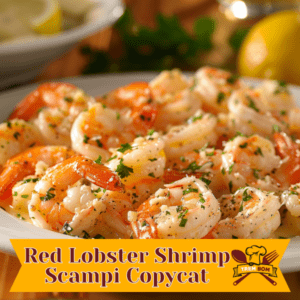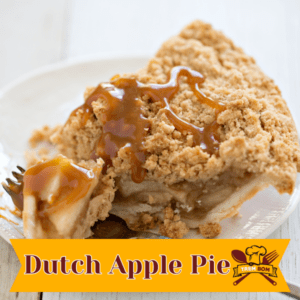
What is the Boiling Cooking Method?
Boiling is a common cooking method used around the world. It involves heating a liquid, typically water, until it reaches its boiling point and starts producing steam. This is achieved when the liquid’s temperature reaches a high point where the pressure of the liquid equals the atmospheric pressure, causing bubbles to form and rapidly rise to the surface.
Boiling vs. Poaching vs. Steaming: Distinguishing Between These Cooking Methods
Understanding different cooking methods can enhance your culinary prowess, leading to delicious, diverse, and nutrient-rich meals. Let’s discuss the differences between boiling, poaching, and steaming.
Boiling
Boiling is a cooking method where you heat water or another liquid to its boiling point, creating large, vigorous bubbles. The food is fully submerged in the boiling liquid, cooking evenly and quickly due to the high temperature. Boiling is a common method for cooking pasta, eggs, certain vegetables, and meats. It is often the first step in recipes that require the food to be softened or precooked.
Poaching
Poaching is similar to boiling in that the food is submerged in liquid, but the liquid is kept at a much lower temperature. Instead of bringing the liquid to a full boil, you maintain it just below the boiling point, where tiny bubbles barely break the surface. This makes poaching a much gentler cooking method than boiling, perfect for delicate foods like fish and eggs (think poached salmon or eggs Benedict). Poaching also often involves flavorful liquids like broth, wine, or milk to infuse the food with extra taste.
Steaming
Steaming is quite different from both boiling and poaching. In this method, the food isn’t submerged in a liquid but is instead cooked by the steam rising from heated water. The food is usually placed in a steamer basket or a similar tool above the boiling water. Steaming is gentle and is often used for cooking vegetables and fish to preserve their texture, color, and nutritional content better than boiling or poaching. Steaming also eliminates the need for fat, making it a healthy cooking choice.
Each of these cooking methods has its place in the kitchen. The best method depends on the food you’re cooking, the texture and flavor you want, and your health goals. Understanding the differences can help you make the best choice for your dish.
Boiling Point of Liquid and Factors That Influence It
The boiling point of a liquid is the temperature at which it transitions from a liquid to a gas. For water, this boiling point is generally 212 degrees Fahrenheit or 100 degrees Celsius. However, the boiling point can be influenced by a variety of factors, including the atmospheric pressure, which is determined by elevation.
Sea Level and Its Effect on Boiling
At sea level, the atmospheric pressure is highest, causing water to boil at 212 degrees (which is a high temperature). As you ascend in altitude, the atmospheric pressure decreases, thus lowering the boiling point of water.
The Art of Boiling: How to Do It Right
Boiling liquid seems simple, but there are techniques to make the process more efficient and improve your cooking time.
How to Make Water Boil Faster
There’s some science that suggests that adding a water-soluble substance like salt or sugar to the liquid can lower the boiling temperature somewhat and make that water boil faster. Another method to speed up the process is to use a lid on your pot, as it traps the heat and raises the temperature of the water.
Maintaining a Boil
Maintaining a steady boil is crucial in the cooking process. It’s not just about reaching the boiling point; it’s about keeping the water at a stable temperature to ensure even cooking.
A Variety of Foods to Boil
There are many foods you can boil, from eggs and vegetables to grains and pasta.
Boiling Eggs
Eggs are a common food to boil. This method of cooking eggs is popular due to its simplicity and consistency.
Boiling Vegetables
Boiling vegetables is a quick and easy way to prepare a healthy side dish. However, some caution is necessary as overcooking can lead to nutrient loss. That’s why many chefs like to blanch vegetables instead of completely cooking them. Blanching will leave your veggies the perfect al dente consistency and not give you mushy vegetables.
The Science of Simmering: A Less Intense Way to Boil Water
Simmering is a cooking method similar to boiling but at a lower temperature.
Simmering Point and Its Role in Cooking
The simmering point of a liquid, especially water, is just below its boiling point. At this temperature, only small bubbles appear at the surface of the liquid, making it ideal for slow cooking or reducing sauces.
The Difference Between Boiling and Simmering
The main difference between boiling and simmering lies in their temperatures and the size of the bubbles formed. Boiling produces large, rapidly rising bubbles while simmering results in smaller, slower bubbles.
Nutritional Value and Health Benefits of Cooking Food By Boiling
Boiling can be a nutritious way to cook food, though it’s not without its considerations.
How Boiling Affects the Nutritious Value of Food
When food is boiled, especially vegetables, some nutrients can be lost into the boiling water. However, if the water is used in the meal, such as in soups or stews, these nutrients are retained.
Health Benefits of Boiling
Boiling food, particularly when it comes to boiling vegetables, can help in reducing harmful bacteria, making the food safer to consume. Boiling also tends to result in less fat than other cooking methods, as it requires no oil or fat to cook the food.
The Potential Disadvantage of Boiling
While boiling has its benefits, it also has potential downsides.
Nutritional Losses During Boiling
As mentioned, boiling can result in nutrient loss, particularly water-soluble vitamins like vitamin C and some B vitamins.
Overcooking and Its Effects
Overcooking food through boiling can lead to a mushy texture, particularly in vegetables. It also can lead to further nutrient loss.
Conclusion: To Boil or Not to Boil?
Boiling is a versatile and simple cooking method, appropriate for a wide range of foods. While it can lead to some nutrient loss, it can also make food safer to eat and reduce fat content. Understanding how to properly boil and maintain a steady temperature can make a significant difference in your cooking results.
FAQs
- What is the boiling point of water?
- The boiling point of water is generally 212 degrees Fahrenheit or 100 degrees Celsius at sea level.
- How can I make water boil faster?
- Adding a water-soluble substance like salt or sugar to your water can help it boil faster. Also, using a lid on your pot can trap heat and speed up boiling.
- What is the difference between boiling and simmering?
- The difference lies in the temperature and the size of the bubbles produced. Boiling happens at a higher temperature with larger, rapidly rising bubbles, while simmering occurs at a lower temperature with smaller, slower bubbles.
- Does boiling food remove nutrients?
- Yes, boiling can result in nutrient loss, particularly of water-soluble vitamins like vitamin C and some B vitamins. However, if the water is used in the dish, such as in soups or stews, these nutrients can be retained.
- What foods are good to boil?
- Many foods can be boiled, including eggs, vegetables, grains, and pasta.






